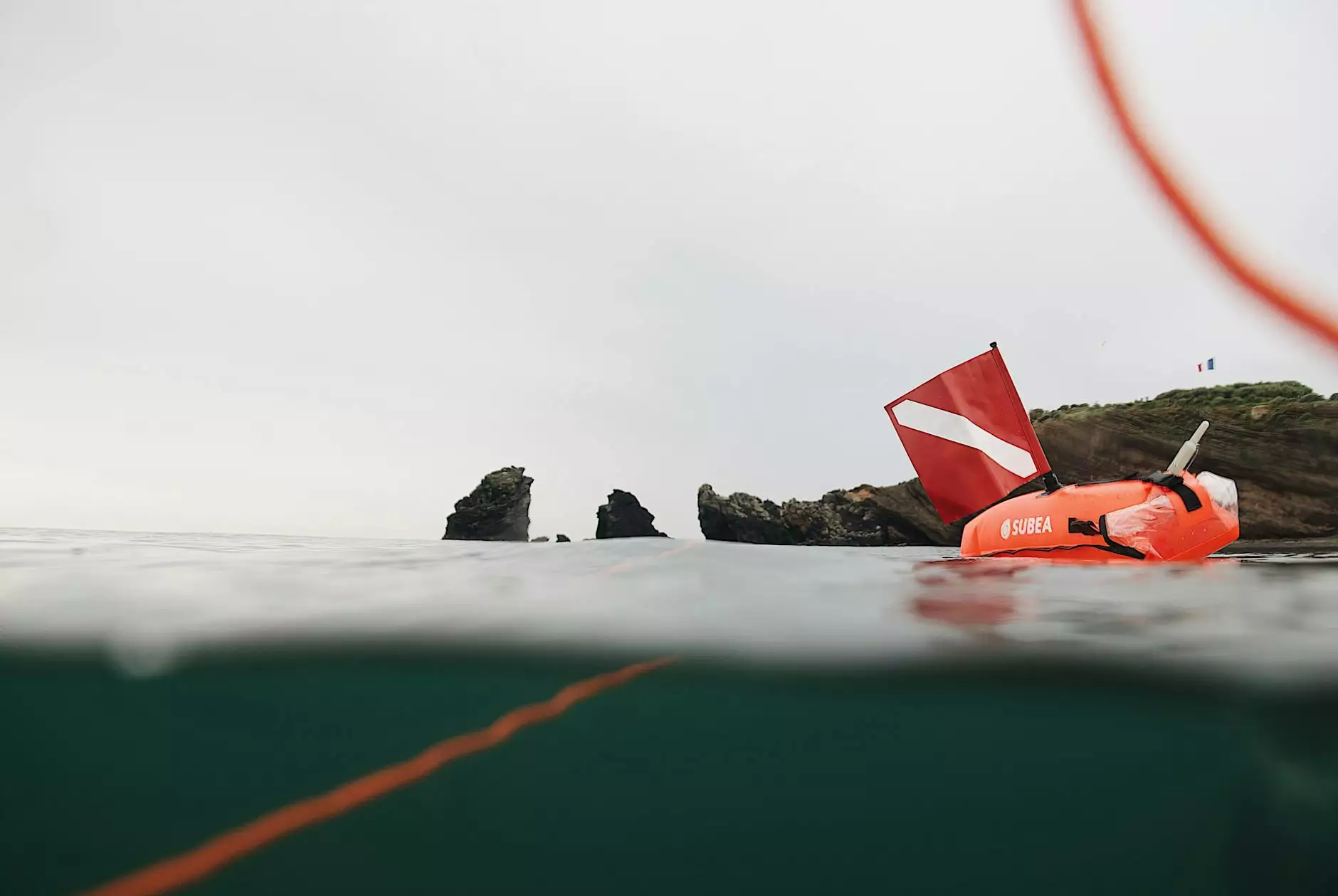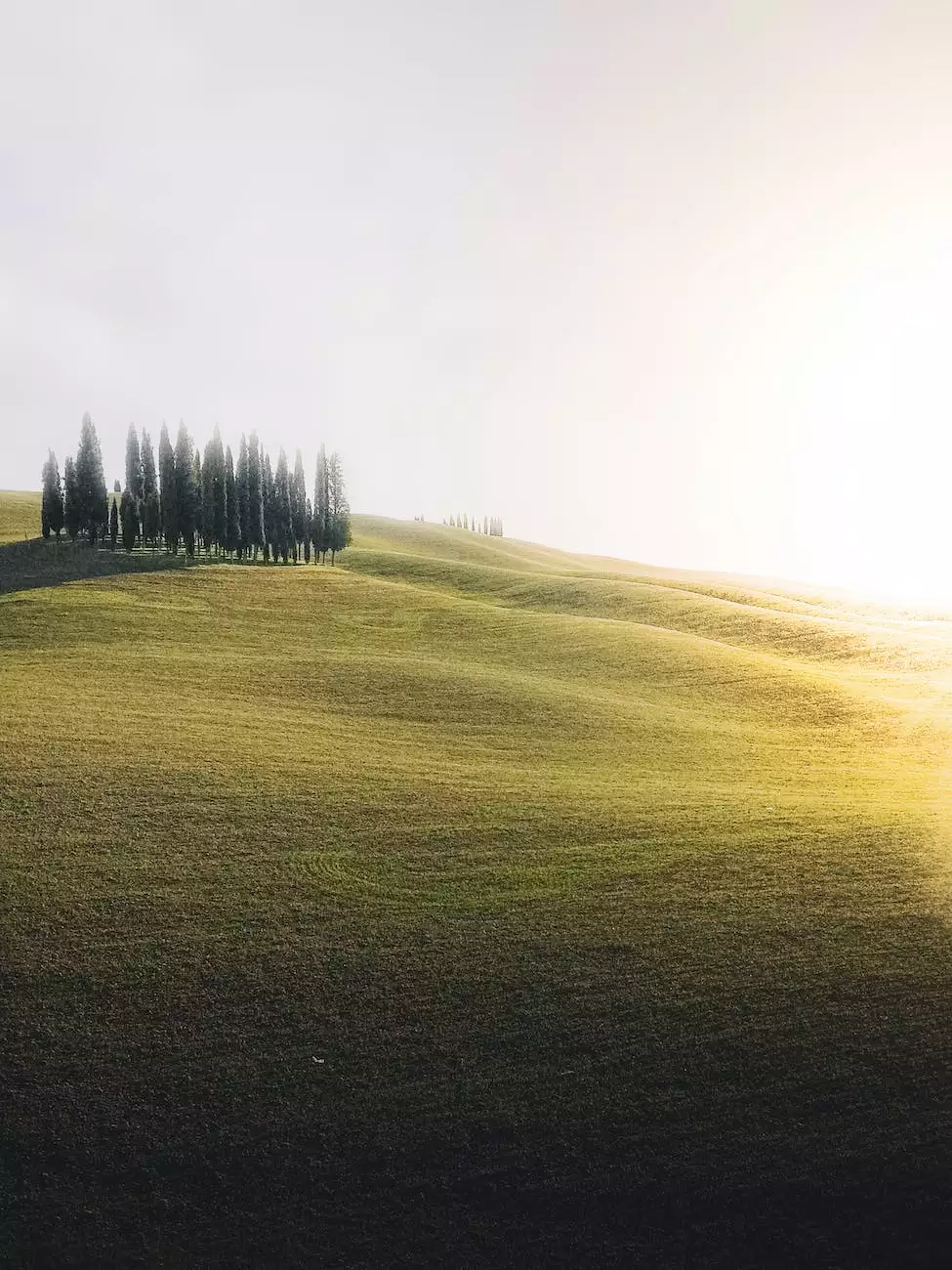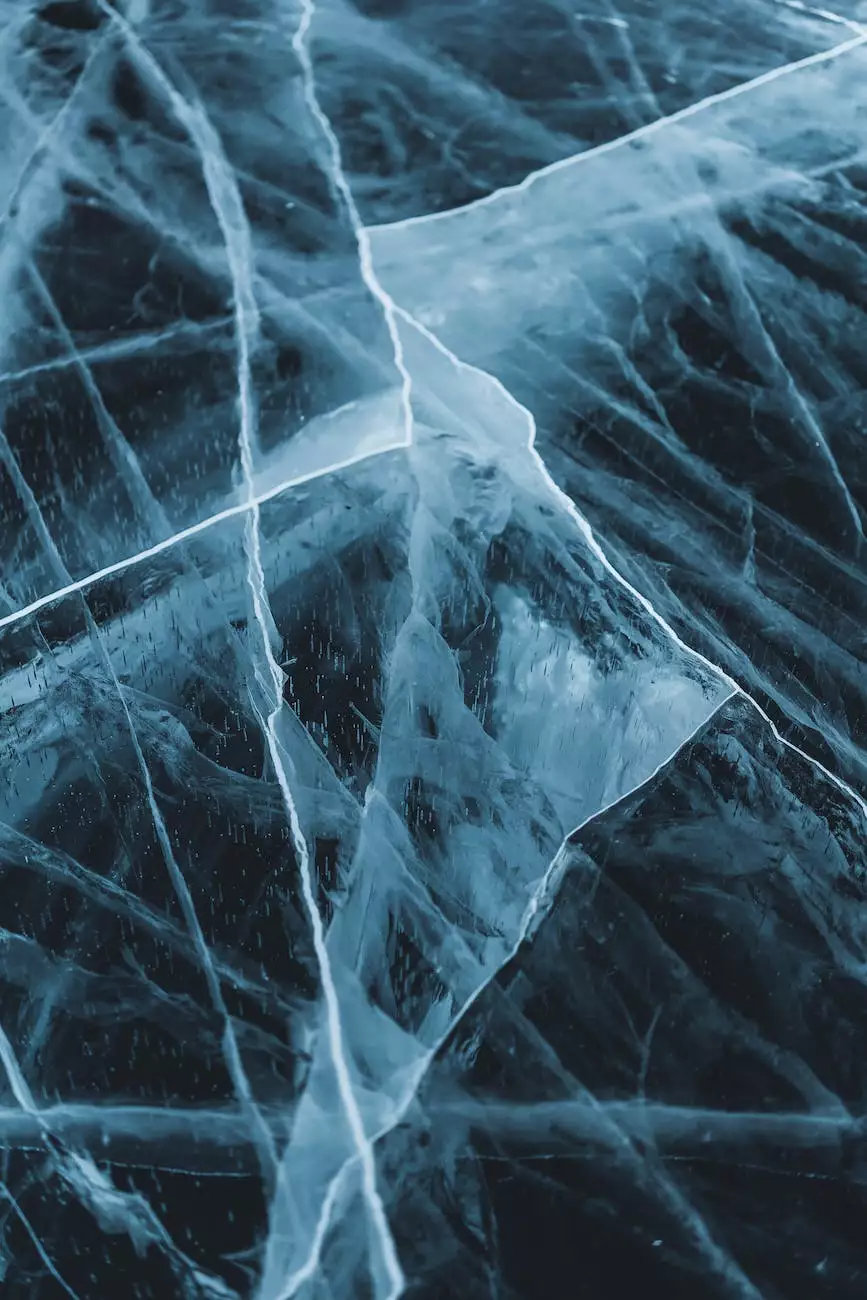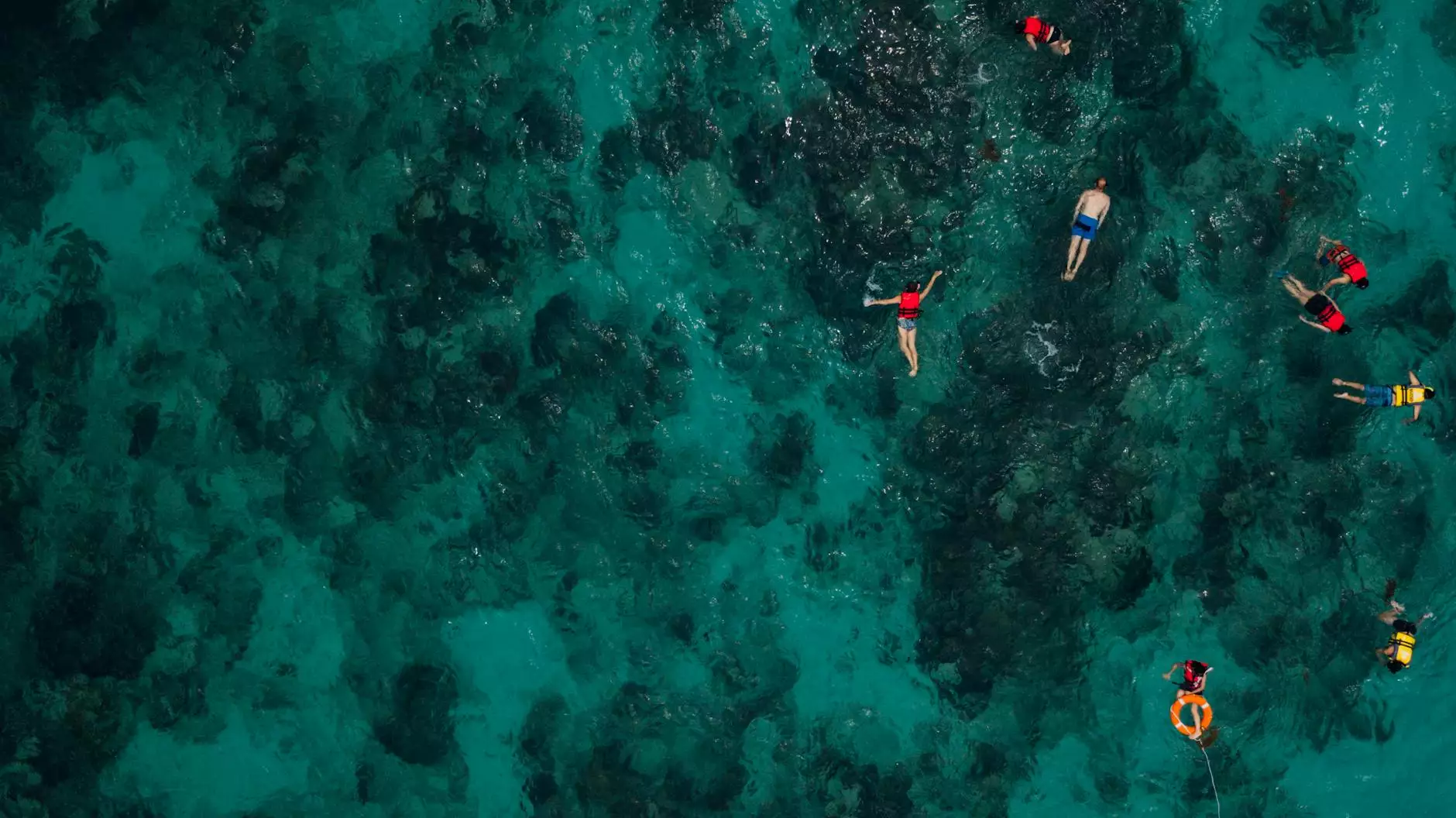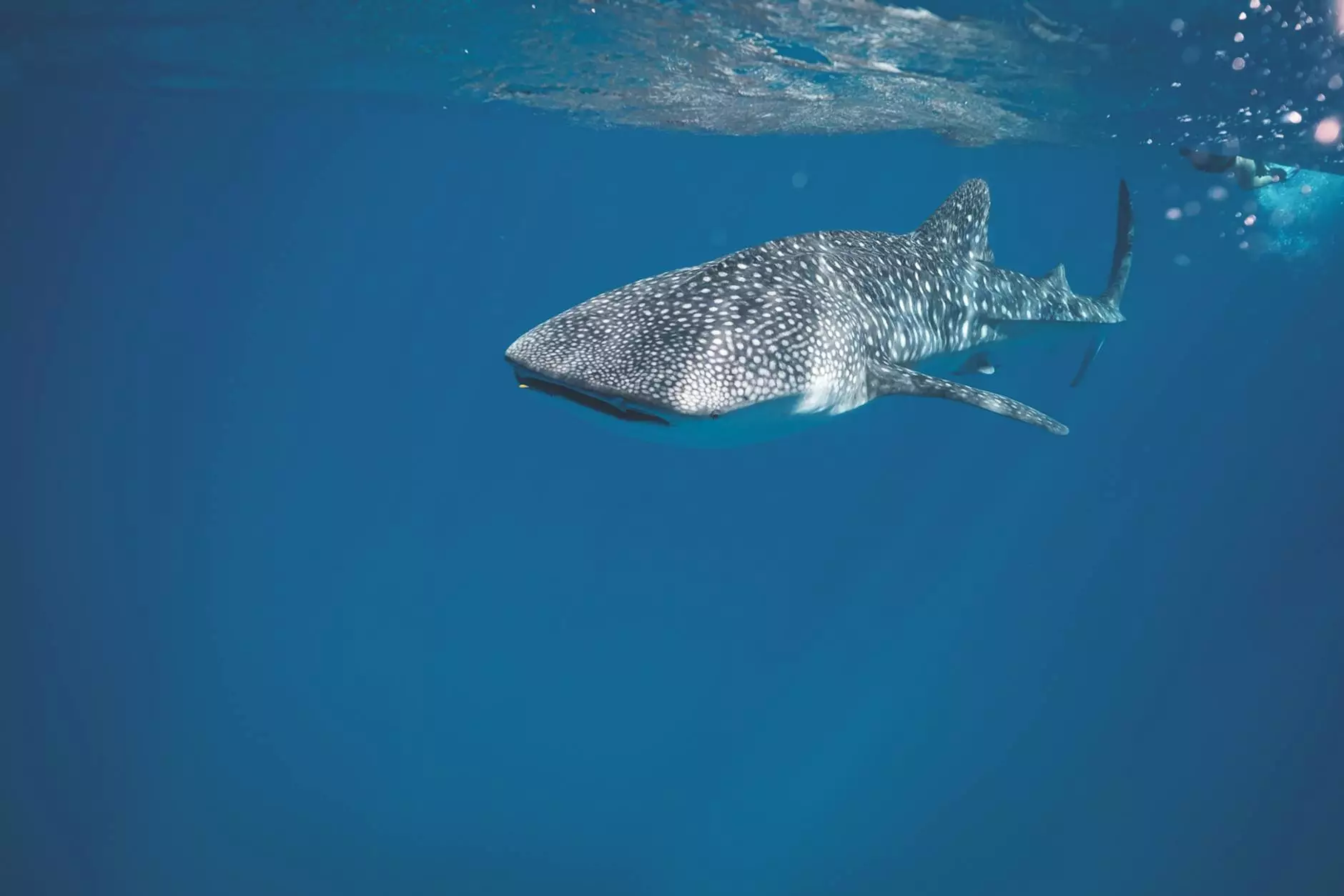Coral Identification
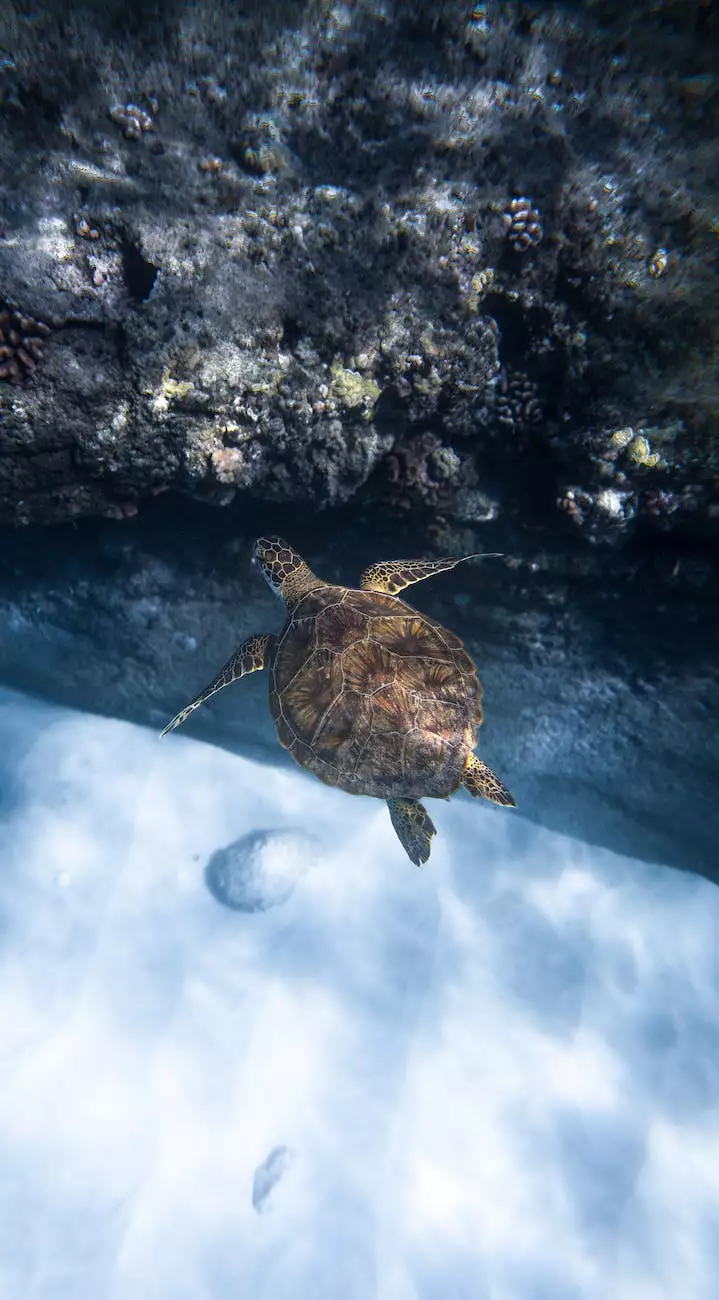
Introduction
Welcome to Aventuras Naturales, your ultimate resource for coral identification. In this comprehensive guide, we will provide you with detailed information on various coral species, helping you become a knowledgeable and confident underwater explorer. Whether you are a seasoned diver or a passionate individual interested in marine life, our guide will equip you with the essential knowledge to identify these magnificent organisms.
Understanding Coral
Coral reefs are among the most diverse and valuable ecosystems on our planet. Comprised of tiny animals known as polyps, corals form stunning colonies that provide habitats to a myriad of marine species. Understanding the diversity and uniqueness of different coral species is essential for conservation efforts and preserving these fragile ecosystems.
The Anatomy of Coral
Before delving into the fascinating world of coral identification, let's take a closer look at the key features and anatomy of corals. Coral colonies consist of individual polyps, which are small, soft-bodied organisms with an exoskeleton made of calcium carbonate. These polyps usually have a cylindrical body with a central mouth surrounded by tentacles for feeding.
Types of Coral
There are several types of coral, each with its distinctive features and growth patterns:
- Hard Corals: Also known as stony corals, hard corals have a rigid, limestone skeleton and are the primary builders of coral reefs.
- Soft Corals: Soft corals, as the name suggests, have a more flexible structure and lack the hard exoskeleton found in hard corals.
- Brain Corals: Brain corals are characterized by their convoluted, brain-like appearance and are often found in shallow tropical waters.
- Elkhorn and Staghorn Corals: Elkhorn and staghorn corals are branching corals that provide important structures for other reef organisms.
- Gorgonian Corals: Gorgonian corals, also known as sea fans and sea whips, are soft coral species with a unique fan-like or whip-like shape.
Identifying Coral Species
Identifying coral species can be a challenging, yet rewarding, endeavor. Our comprehensive guide will help you develop the necessary skills to differentiate between various types of corals. Here are some essential tips and techniques:
Coloration and Patterns
Observing the coloration and patterns of corals can provide valuable clues for identification. Many coral species display distinct color variations and intricate patterns, which can vary depending on environmental factors and symbiotic relationships with other organisms.
Growth Forms
Examining the growth forms and structures of corals is another crucial aspect of identification. Some corals grow in branching structures, while others form plates, columns, or encrusting layers. Paying attention to these characteristics can help narrow down the possibilities.
Tentacle Arrangements
Looking closely at the tentacle arrangements of coral polyps can reveal important information. Tentacles may be arranged in concentric circles, rows, or other distinctive patterns. These arrangements, combined with other features, can aid in species identification.
External Features
Noting any external features of corals, such as the presence of polyps, unique extensions, or specific textures, can assist in narrowing down the species. Certain corals may have distinct adaptations or appendages that set them apart from others.
The Importance of Coral Conservation
As responsible travelers and passionate individuals, it is crucial to understand the importance of coral conservation. Coral reefs face numerous threats, including pollution, overfishing, climate change, and destructive fishing practices. By expanding our knowledge of coral identification, we can contribute to ongoing conservation efforts and help protect these vulnerable ecosystems for future generations.
Conclusion
Thank you for exploring the fascinating realm of coral identification with Aventuras Naturales. We hope this comprehensive guide has provided you with the knowledge and inspiration to discover the beauty and diversity of coral reefs. Protecting and preserving these delicate ecosystems is a shared responsibility, and together, we can make a difference.

